Mombasa Lionfish
$54.99
-
Select Variant
Mombasa Lionfish is an extremely popular member of the Lionfish family of marine fish. The species is frequently mistaken with Antennata as well as the Spotfin Lionfish as the two appear very similar. Mombasa Lionfish is distinct from Antennata Lionfish by their smaller pectoral fins, their larger eyes, distinctive barring pattern that is found on the bottom of their tails, as well as the absence of the dark spots on their pectoral fins. It is a stunning fish that has unique pectoral fin filaments that look like wings.
The Mombasa Lionfish originates from the Indian Ocean, and is rarely exportable from East Africa, Maldives, and Sri Lanka. They are often found in deeper waters and can be seen in offshore reefs as well as reef slopes that vary in depth between 50 to 130 feet.
The spines on the dorsal and anterior fins on the Mombasa Lionfish are poisonous therefore, you should exercise extreme caution in cleaning your aquarium or handling the species. If you get stung, the reaction is like a bee sting just a bit more intense.
The Mombasa Lionfish should be kept in a dimly lit 50-gallon or larger tank with the addition of a few structures and overhangs to provide adequate hiding spots. The best setup is aquascaped using live rock to provide shelter with areas of open swimming to accommodate the gorgeous open-fin display in this particular species. This is a nighttime hunter, and are usually found perched on rocks as well as under an overhang throughout daylight hours. Be aware of the fact that predators like Mombasa Lionfish can eat tiny fish, small shrimp, and other crustacean tank mates.
When first introduced into the aquarium, freshwater Ghost (Glass) Shrimp should be used to lure this fish to consume. Its diet should contain meaty foods such as fresh shrimp and live fish and occasionally, crustacean flesh. With proper diligence and education, these fishes could be reintroduced to silversides, the raw shrimp chucks, and other meaty foods using the feeding stick.
Approximate size of purchase: 1-1/2" to 2-1/2"; Medium: 2-1/2" to 4"; Large: 4" to 6"
- Description
- Additional Information
- Reviews
General info about Mombasa Lionfish
It is frequently mistaken with Antennata as well as the Spotfin Lionfish as the two have a similar appearance. Mombasa Lionfish is distinct from Antennata Lionfish due to their shorter pectoral fin filaments, bigger eyes, distinctive barring pattern at the base of their tails, as well as the absence of the dark spots on their pectoral fins. Similar to its more famous counterpart the Mombasa Lionfish can be described as a stunning fish with distinctive pectoral fin filaments which resemble wings. It is believed that the Mombasa Lionfish originates from the Indian Ocean, and is often exportable from East Africa, Maldives, and Sri Lanka. They are a frequent visitor to deeper waters and are located on reefs off the coast and reef slopes, ranging in depth between 50 and 130 feet. The Mombasa Lionfish is best kept in a large or medium aquarium that has the addition of a few structures and overhangs for hiding spots. The ideal arrangement should be aquascaped with live rocks to provide shelter, with areas of open swimming to allow for the stunning open fins in this particular species. The species is a nighttime hunter and is usually found perched on rocks as well as under an overhang in daytime. Be aware the fact that predators like Mombasa Lionfish are known to eat tiny fish, small shrimp, and other crustaceans that are in the tank. The spines on the dorsal and anterior fins on the Mombasa Lionfish are venomous therefore, you must be extremely cautious when cleaning your aquarium or handling the species. If you get stung it will cause a reaction like a bee's sting, but a bit more severe.
size
Large, Medium, Small
Units
1
Weight
6 lbs
Dimensions
1 × 1 × 1 in

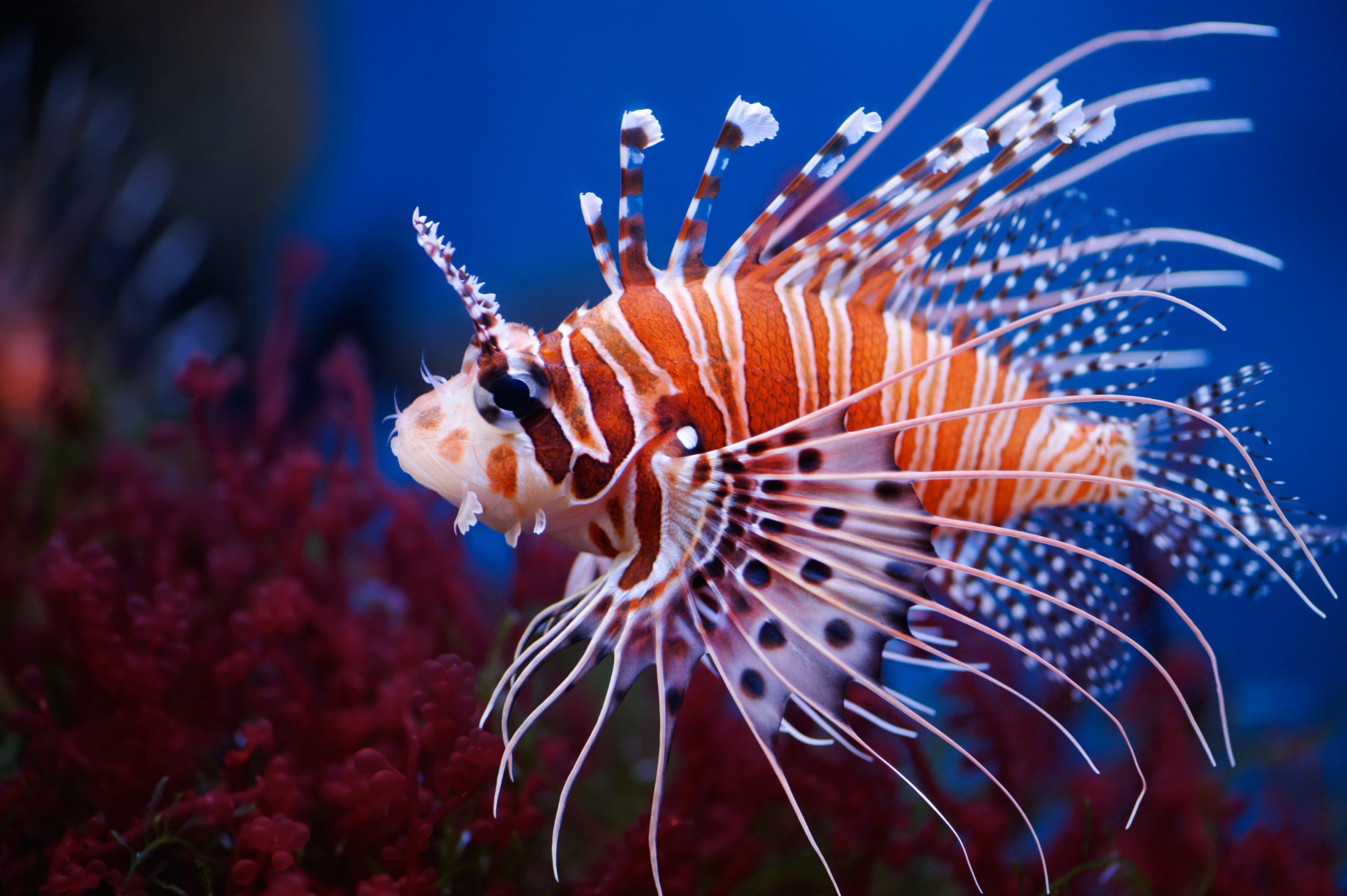
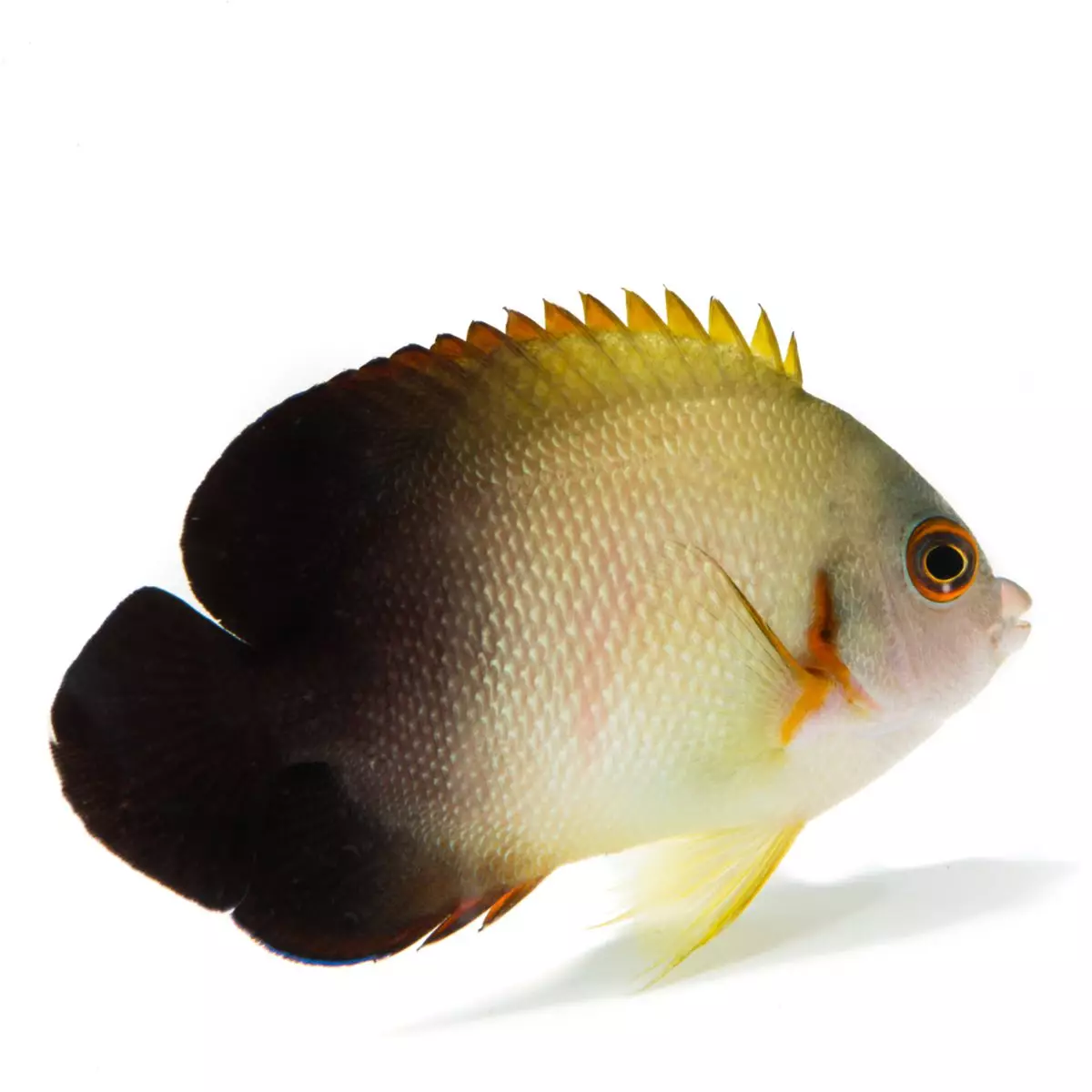
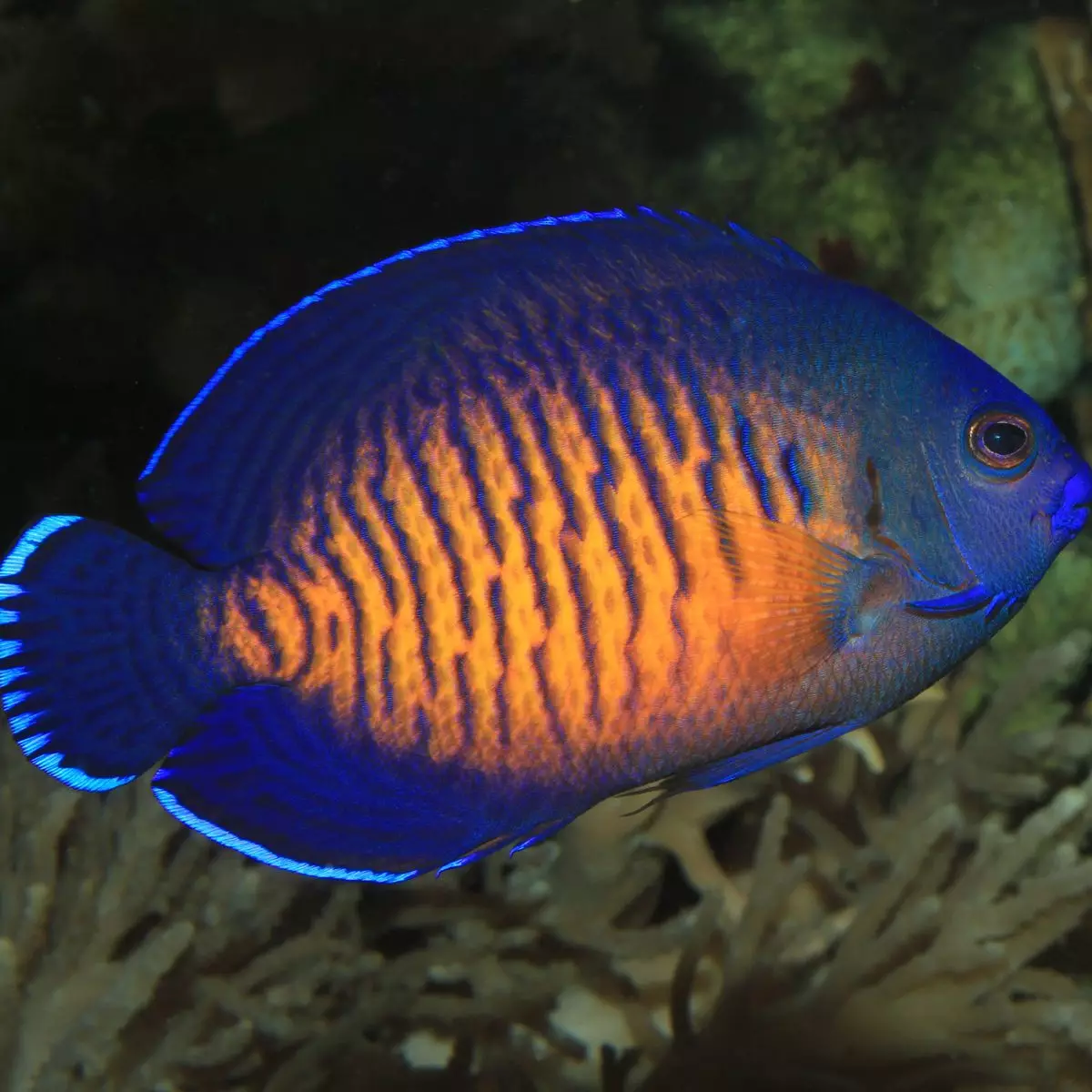
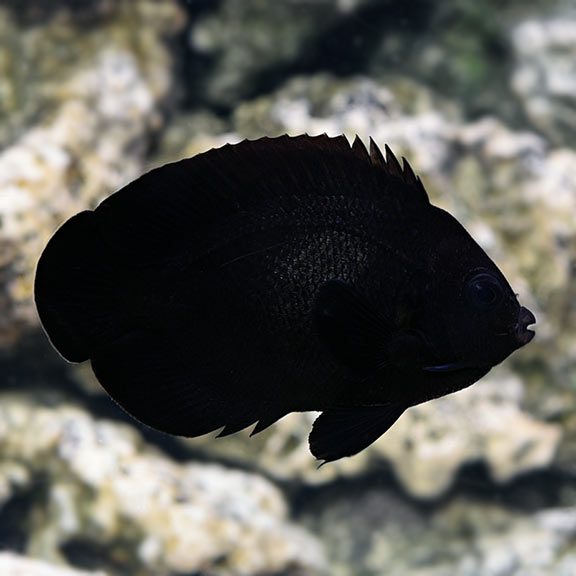
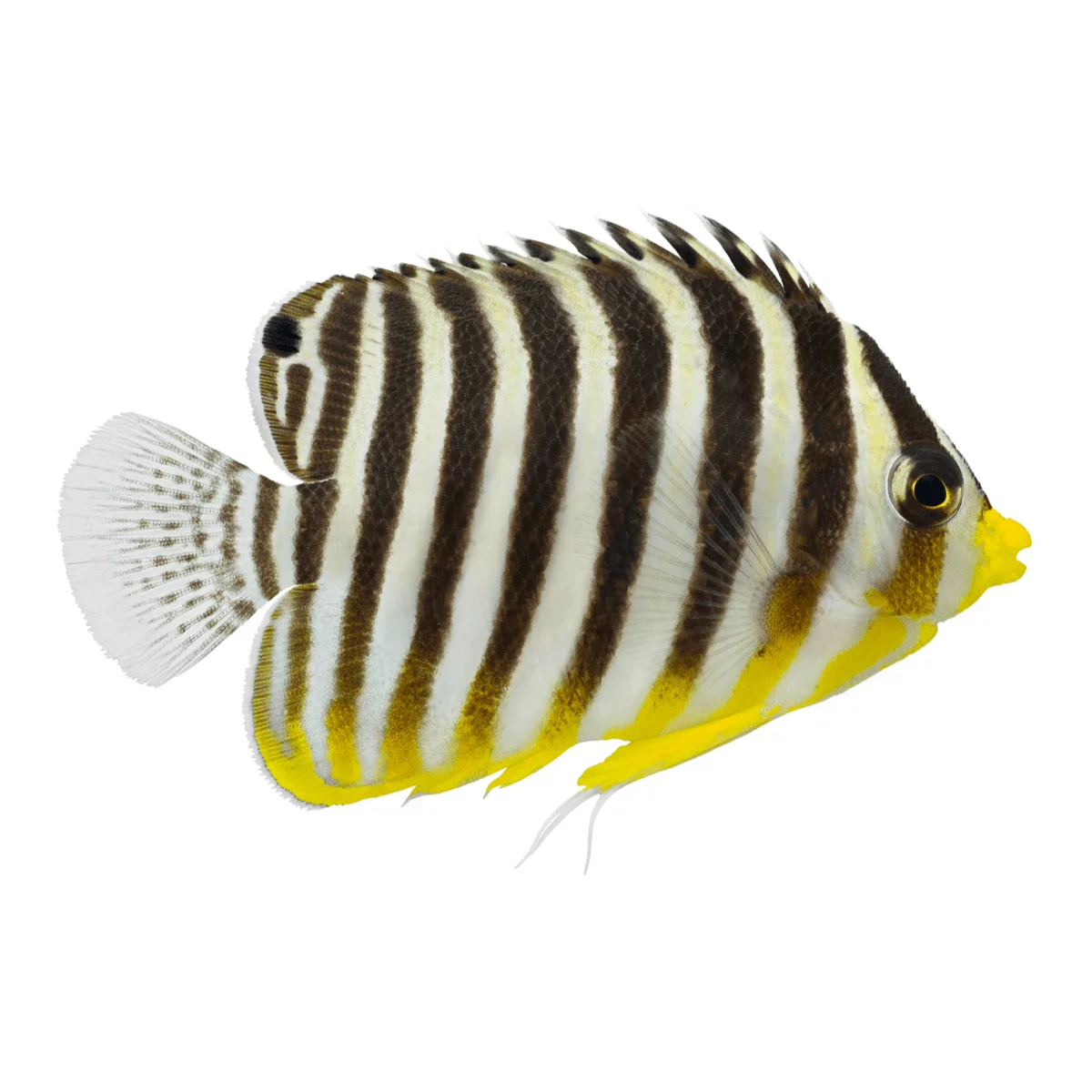
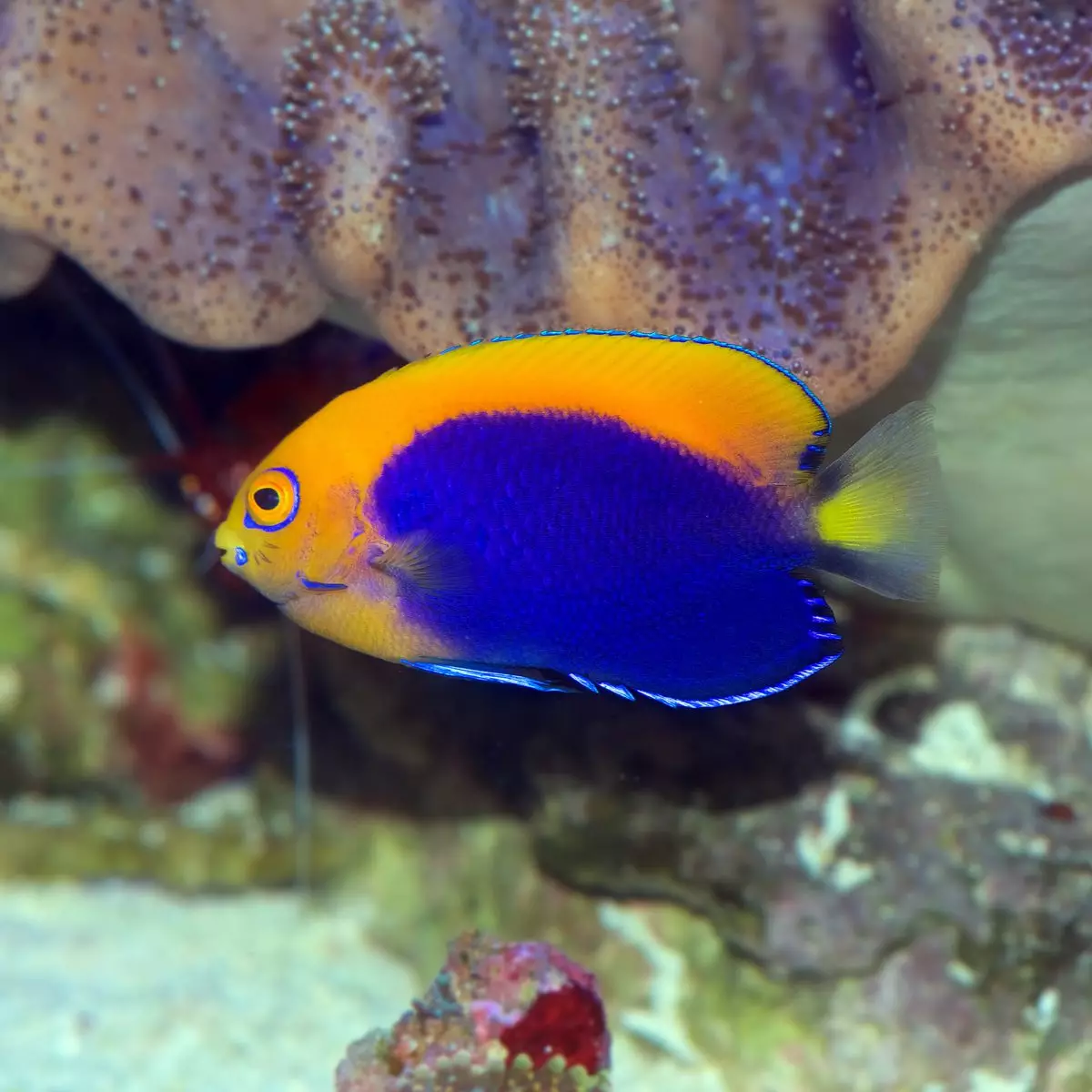
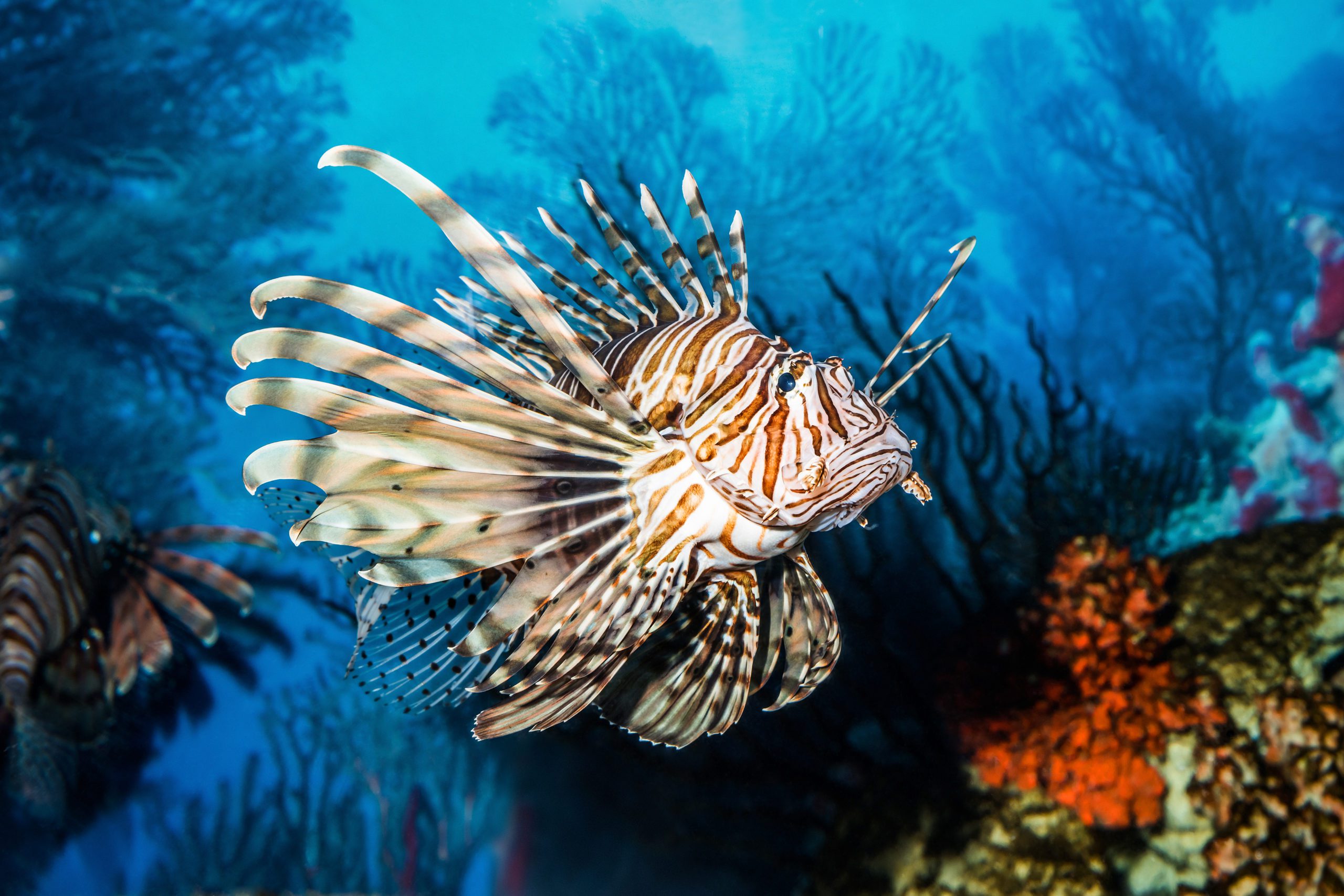
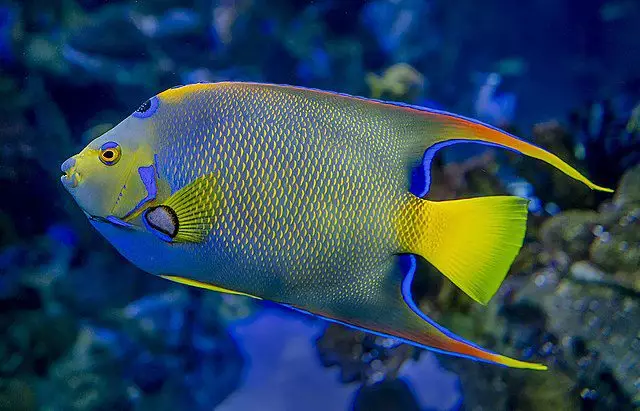
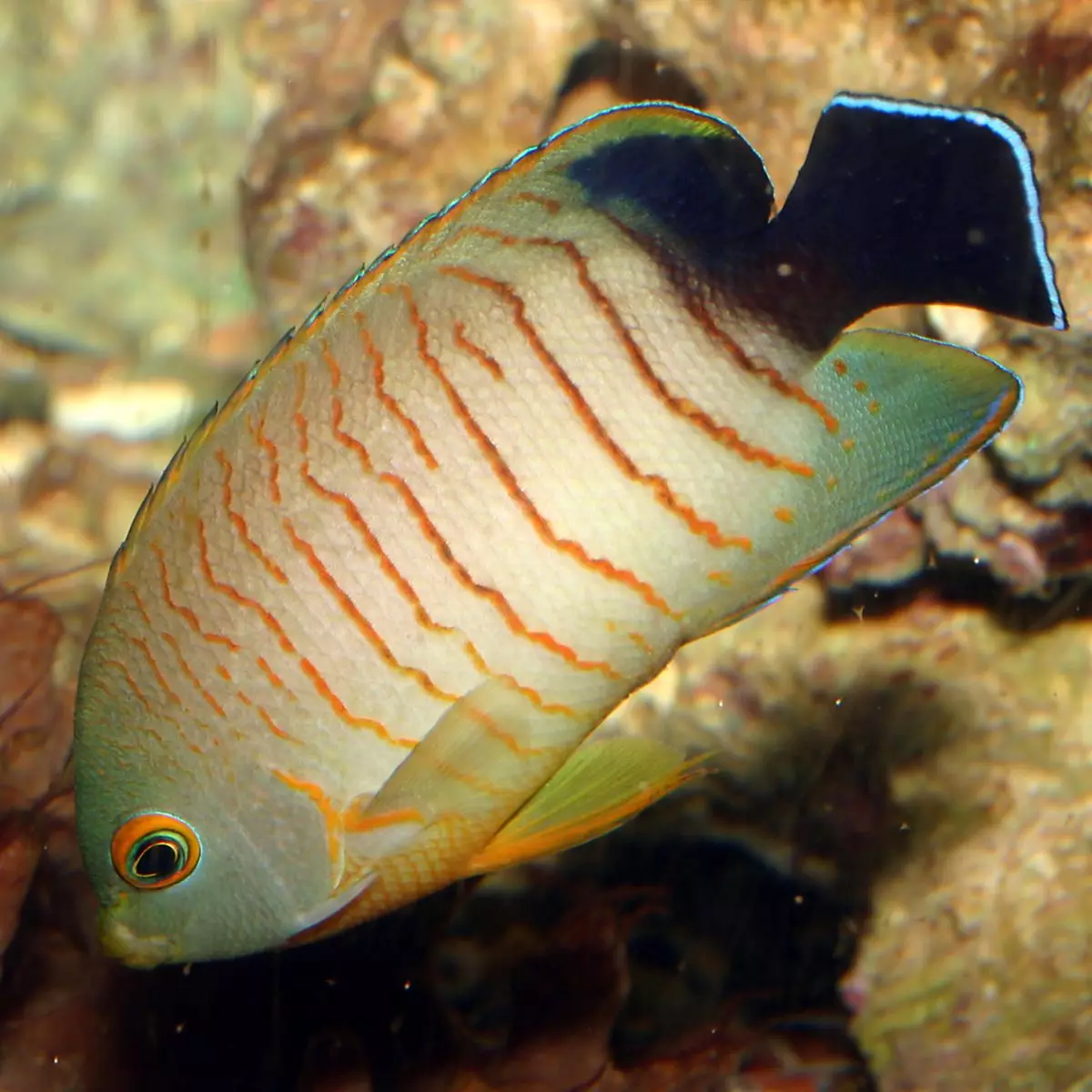

Reviews
There are no reviews yet.